A side hustle is a great way to bring in extra income - but what happens when that side hustle becomes more successful than you first thought? If you're considering taking your side hustle full-time, this guide is for you.
Key takeaways
- Thirty-four percent of Americans have side hustles earning average $1,122 monthly.
- A sustainable income requires approximately $35,000 annually for single adults.
- Regularly turning down work indicates your side hustle exceeds current capacity.
- Software tools can boost productivity by up to 25% when scaling businesses.
- Self-employment requires quarterly tax payments and obtaining tax identification numbers.
A side hustle has a lot of perks—you get the safety net of a day job while dipping your toes into entrepreneurial waters. But what happens when your side gig becomes more sustainable and brings in some regular, more reliable income? You're not alone if you're watching your bank balance grow and wondering if it's time to scale up (or go all-in.)
I've been there, juggling a full-time job in public relations while freelancing on the side (and wrestling with the same doubts and questions you probably have right now.) You're in good company: plenty of folks have navigated this tricky transition from a part-time passion to a full-time career.
Let’s explore when and how to recognize it's time to make that big leap and turn your side hustle into a full-time job.
How do I know if it's time to scale my side hustle?
From freelance writing to selling handmade crafts online, many people nurture side hustles from home alongside their primary jobs. In fact, data shows around 34% of Americans have a side hustle in 2024 and earn an average of $1,122 monthly by working about 12 hours a week.
But how do you know when it's time to take your side hustle to the next level?
Five key indicators suggest when it might be time to scale up.
1. Your side hustle business is booked and busy
If you regularly turn down work or struggle to meet the demand associated with your side hustle, this is a clear indicator that your business has outgrown its current capacity. You may be noticing opportunities to enter new markets or reach different customer segments, which could mean it’s time to consider scaling up operations to capitalize on this growth momentum.
“If you're going to bet on anything, bet on yourself; sometimes you need to remove all the safety nets.”
-James Sowers, Online Educator
If you’re not ready to commit full-time just yet, you could hire independent contractors (depending on your business) to help scale up your business until it’s at a point where you feel more secure transitioning into it full-time.
2. You’re consistently making money
Profitability is crucial when you’re considering scaling your side hustle. Ask yourself questions like:
- Is my side hustle generating a reliable stream of revenue month after month?
- Are my profit margins improving over time?
- Is my side hustle income substantial enough to cover its expenses and contribute significantly to my overall financial well-being?
If your venture has moved beyond breaking even and is consistently profitable, it might be ready for expansion. In fact, reinvesting the profits into your business could lead to even greater returns in the future.
“I never rushed myself into making my side hustle full-time and waited until it felt right. That moment hit me when I felt a bit more secure financially and professionally and I had a roster of people ready to work with,” said Tina Donati, a content marketing specialist.
3. You enjoy what you’re doing
Passion and enjoyment are often overlooked but crucial for long-term success. If the side hustle work energizes you and you can envision yourself doing this work full-time without losing enthusiasm, consider transitioning your side hustle into a full-time job. Your passion will fuel your motivation to overcome the challenges that come with growth.
“I just was ready to double down on myself and tired of chasing a salary or a title from someone else’s company,” said Jess Cervellon, a marketing consultant.
4. You have a business plan
Scaling a business requires careful planning. Before taking the leap, ensure you have a clear vision of where you want your business to go and have specific, achievable goals. Conduct a SWOT (strengths, weaknesses, opportunities, threats) analysis and complete your business plan so you can go into this venture with a documented plan in place. A well-thought-out plan doesn't always guarantee success, but it significantly increases your chances.
5. Your side hustle is eclipsing your full-time job
Are you spending more time on your side hustle and finding it difficult to balance with your main job? You may find that it generates as much income as your primary job’s salary or exceeds it. Sometimes, a side hustle may offer more opportunities for skill development and career advancement than your main job. If you find yourself more invested in your side hustle emotionally and practically, consider turning it into your primary focus.
What to consider when taking your side hustle full-time
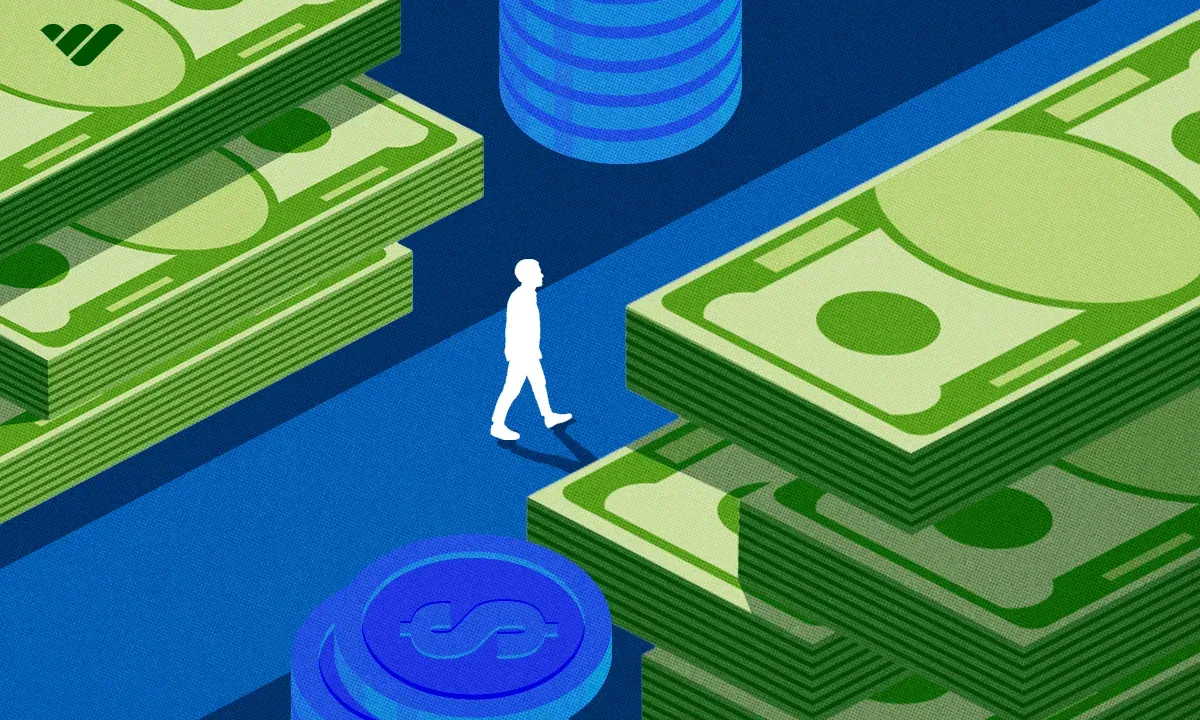
"The best time to start was last year. The second best time is right now,” said entrepreneur Seth Godin. There’s a lot of truth in that statement.
Still, there’s so much to consider before taking your side hustle full-time. Here are some things I considered when jumping from part-time to full-time with my freelance business.
Financial viability
One of the very first questions I addressed when considering taking my side gig full-time was: is this financially viable? There are a few aspects to consider.
Evaluate your income streams: Consistent revenue is more reliable than sporadic earnings. Develop a comprehensive budget and diversify income streams so your business can sustainably cover both personal and operational expenses.
Build a financial cushion: Every business has slow periods and unexpected costs, so control costs and maintain cash reserves to tide over those periods.
Seek professional financial advice: Before making the leap, consult a financial advisor and assess the long-term viability of your venture.
When you think about what a sustainable income looks like, think about what amount of money you need to not just get by, but to live comfortably. In other words, your income should meet your needs today without jeopardizing your future.
You want enough to cover the essentials—food, a roof over your head, healthcare, and getting from A to B. But that's not all. You also want to stash some cash for those rainy days and map out a path for long-term financial stability.
So, what is a sustainable income?
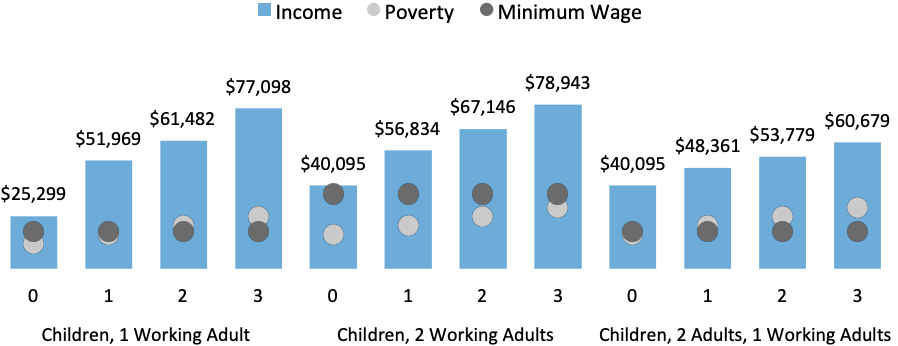
Arriving at a sustainable income figure in the United States is complex due to location, family composition, and individual lifestyle goals. The MIT Living Wage Calculator, however, gives us a benchmark estimate—which suggests an income of approximately $35,000 annually for a single adult to live modestly yet comfortably. The estimate for a family of four increases to about $70,000 per year.
Market demand & scalability
Maybe you started a holiday side hustle, but now it seems like it could be something beyond a seasonal operation. Ask yourself: Is market demand growing? Can you expand your customer base, product lines, or services?
Going all-in on your own business is exciting. You're the boss, and the sky's the limit on what you could earn. But let's be real; you're also saying goodbye to that steady paycheck and those sweet benefits from your day job. It's a big trade-off, so think it through carefully.
Here's the thing: many founders trip up when sizing up their market. They might think their potential customer base is huge or underestimate the competition. Some make the mistake of only listening to praise from friends and family. Or, they forget that some businesses, like wedding planning or tax preparation services, have busy seasons and slow periods.
My advice? Do your homework. Get out there and research your market. Don't just rely on your gut feeling. Look at hard data, study trends, and get honest feedback from potential customers. A clear-eyed view of your market is your best friend when deciding if it's time to scale.
Tax obligations
When your side gig becomes your main job, Uncle Sam takes notice. You'll need to familiarize yourself with some new tax lingo and responsibilities. First, you'll need to obtain a tax identification number. Your income reporting requirements will change, including the addition of self-employment tax and the need to make quarterly estimated tax payments. But it's not all bad news. As a legitimate business, you can claim more deductions. Depending on your setup, you might also need to tackle sales and payroll taxes. Remember, accurate and timely tax reporting is crucial to maintaining compliance and ensuring your business's financial health.
For me: I’m not great with numbers, so I outsourced this work to a professional accountant and tax preparer. It was one more thing off my plate to let me focus on what I do best (anything not associated with this facet of the business.)
Your business plan
A solid business plan is not just paperwork; it's your roadmap to success. It lays out your goals, strategies, and financial forecasts, examines your industry, competitors, and target customers, and even describes how your business will function day-to-day, including staffing, logistics, and production processes.
Plus, a business plan forces you to take a hard look at your ide, because it identifies potential challenges and prepares you for various scenarios. In preparing my own business plan, I found a few unique ways to position myself in the existing market of freelance writers, which I wouldn’t have stumbled across without doing this work.Remember, challenges are inevitable in business. Your plan should anticipate potential hurdles – maybe it's seasonal fluctuations in demand, or emerging competitors. By thinking through these scenarios in advance, you're better prepared to face them head-on.
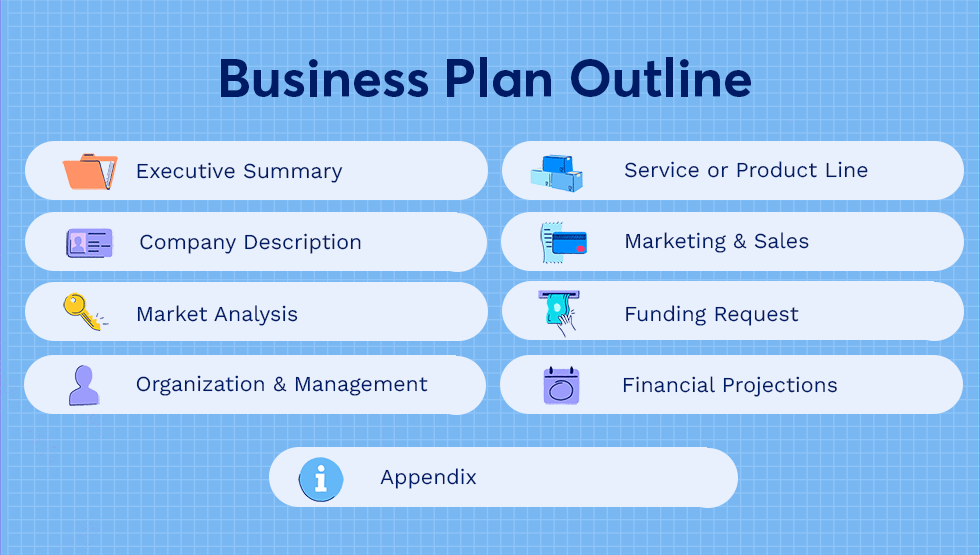
Tools and technology
When scaling your side hustle, you only need a few basic tools to help keep things organized. Don’t go overboard on expensive software and tools before you’re able to cover those costs with revenue.
Project management tools like Asana or Trello keep you organized, while QuickBooks or Xero are go-to options for accounting and bookkeeping.
As Trello co-founder Michael Pryor puts it, "The right tools don't just save time, they multiply it." And he's onto something – studies show that software can boost productivity by up to 25%. With these efficiency gains, your transition to full-time entrepreneurship might be a few clicks away.
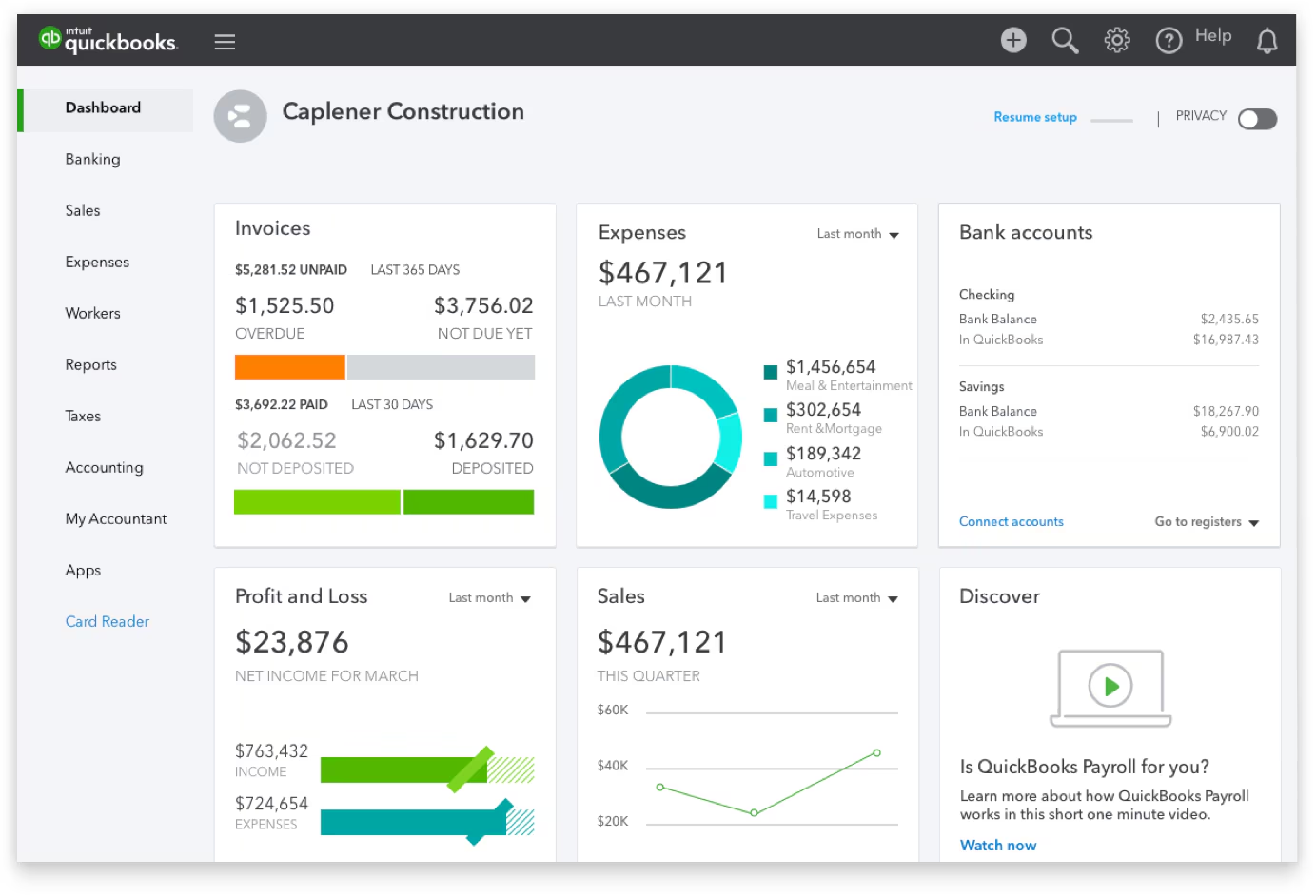
Business branding
A strong, consistent brand that clicks with your audience can be a game-changer. For solopreneurs especially, your brand is often an extension of yourself and showcases your unique value proposition and personality. A clear brand identity helps you target the right audience more effectively, leading to better ROI on marketing efforts.
Tools like Canva have made it easy for solopreneurs with no design skills to develop branding material like logos, email signatures, letterheads or presentation templates. Canva Pro offers several AI-powered features like Magic Design which can automatically generate designs based on your content and preferences.

Alternatively, as the revenue from your side hustle starts scaling and you have some money to invest in branding, partner with a design professional to develop distinct and memorable branding solutions for your business.
Marketing Strategies
Marketing becomes crucial when you're ready to go all-in on your side hustle because this will help ensure you’ve got a steady flow of work. You may have the best product or service in the world, but you’ll have a hard time earning if no one knows about it.
Here are a few of the key marketing strategies I leaned into when getting started:
- Content marketing: High-quality content like blog posts, videos, or podcasts (even if you’re a guest on someone else’s) help you establish credibility and authority in your field. This builds trust with potential customers, positioning you as a go-to resource and thought leader in your industry.
- Email campaigns: Deliver targeted, valuable content directly to your prospects' inboxes to keep your brand top-of-mind and gradually build trust and credibility. You can address specific pain points and interests through personalized messaging and segmentation, and guide leads through the sales funnel.
- SEO: Attract organic traffic to your website with a concrete SEO plan. The process involves tailoring content to relevant keywords, improving site structure and speed, and building high-quality backlinks.
- Influencer partnerships: By collaborating with influencers whose followers align with your target market, you can increase brand visibility and tap into new audiences. These partnerships build trust through third-party endorsement, driving engagement and traffic to your brand.
Don't be afraid to mix digital with traditional methods. The key? Experiment, measure, and adjust.
Customer Retention
When scaling your side hustle, remember to keep your existing customers happy. It's not just about bringing in new business—repeat customers are your goldmine.
Did you know that increasing customer retention by just 5% can boost profits by 25-95%? Focus on personalizing your service, asking for feedback, and throwing in loyalty perks. Quick responses and consistent quality go a long way too. Remember, a satisfied customer is your best marketing tool, as they’ll spread the word about your brand.
Personal Readiness
The leap from side hustle to full-time gig is not just about the business, it's about you. Can you handle the stress of going all-in? Think about time management; Outsourcing tasks and setting boundaries can help.
When I first quit my job to try freelance writing full-time, I took every job that came my way — because…MONEY. It was exhausting work, but I learned a lot about myself (and where I could thrive as a freelance writer) during that time.
The truth is, you'll never feel entirely prepared. There's always more to learn, more to plan, more to perfect. But here's the kicker: some lessons only come from doing. By starting before you feel ready, you're not being reckless—you're being brave. You're giving yourself the chance to learn on the job, adapt to real challenges, and grow in ways you never could from the sidelines.
Remember, it's a marathon, not a sprint. Take stock of your personal life and ensure you're ready for this exciting but demanding transition. Even if you’re a student just looking to make some extra money, starting early can end up being a powerful step in your entrepreneurial journey.
Further reading: Side hustles for students
Quick tips to make the transition
When you’re ready to turn your side hustle into serious business (but it still feels scarier than ever), here are some practical tips to help smooth the transition.
Reach out to your network
Don't underestimate the power of your network. Grab coffee with former colleagues, chat with industry friends, or even slide into a few LinkedIn DMs. You never know which random conversation can lead to a potential client or partnership.
Simply reach out with a friendly message that says something along the lines of, “Hey! I’m doing [X type of work] now and am currently taking on new clients. If you or someone you know needs that type of help right now, please let me know!”
If you have a mutual connection, that could pull some weight - so remember to call that out in your message too.
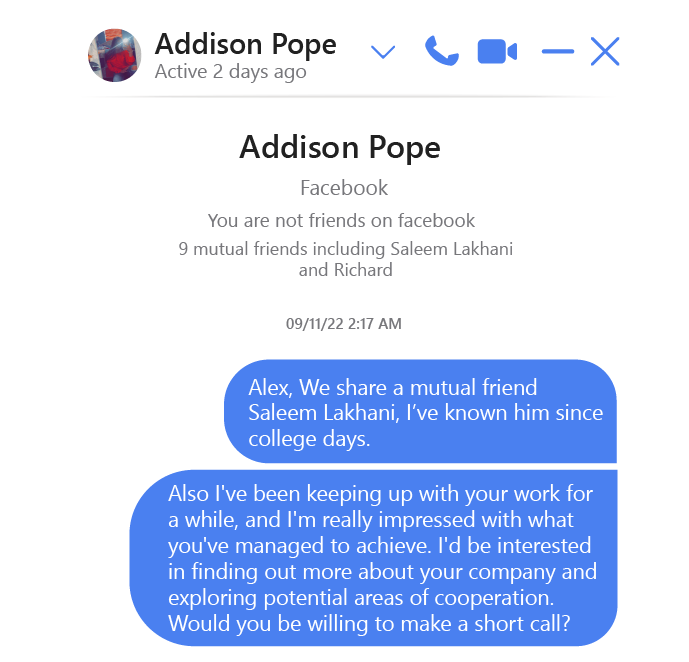
As part of your networking efforts, ask your current clients (even if that list is small) for business. Your network might just give you that final push you need to transition your side hustle to full-time.
Allow your side hustle days to make you lazy
Stefan Palios, a freelance writer and strategist talks about the value of building an inbound funnel and solid execution systems. Picture this: a simple Google spreadsheet keeping tabs on your projects, deadlines, and client needs. Invoicing software can streamline billing, while a separate business checking account keeps finances organized.
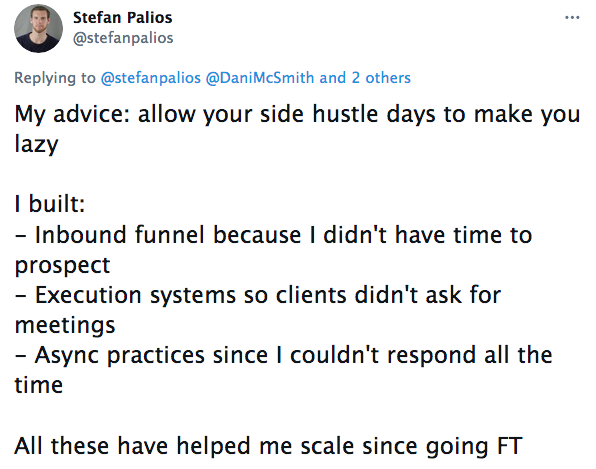
How Whop can help you scale your side hustle
Whop is a game-changer for creators looking to scale their digital side hustles. If you're a digital entrepreneur, coach, or content creator, Whop offers a suite of tools and services designed to streamline your business operations and boost your earning potential. This includes automated billing, subscription management, marketing tools, sales process automation and more.
Unlike many platforms that take a significant cut of your earnings, Whop charges only 2.7% + $0.30 on sales. There's no earnings limit, so your income can grow unchecked as your business expands. Keep more of what you earn, reinvest in your business or pad your bank account.
And, Whop's benefits go beyond just favorable financial terms. They offer to act as your Merchant of Record (MOR), taking on the legal and financial responsibilities of selling your products or services. This means less paperwork or tax and compliance hassled.
Do you find dealing with customer queries, complaints, and technical issues a major time sink? Whop can take this off your plate, managing customer interactions so you can focus on what you do best: creating and improving your offerings.
In essence, Whop acts like a silent partner in your business. It takes care of the nitty-gritty while you drive the vision forward and provides the infrastructure you need to scale effectively. With Whop, you can sell digital products like ebooks, courses, and PDFs; services like webinars, coaching calls, masterminds; and even private community access - all from one central hub, your whop.
Making the leap from side hustle to full-time venture
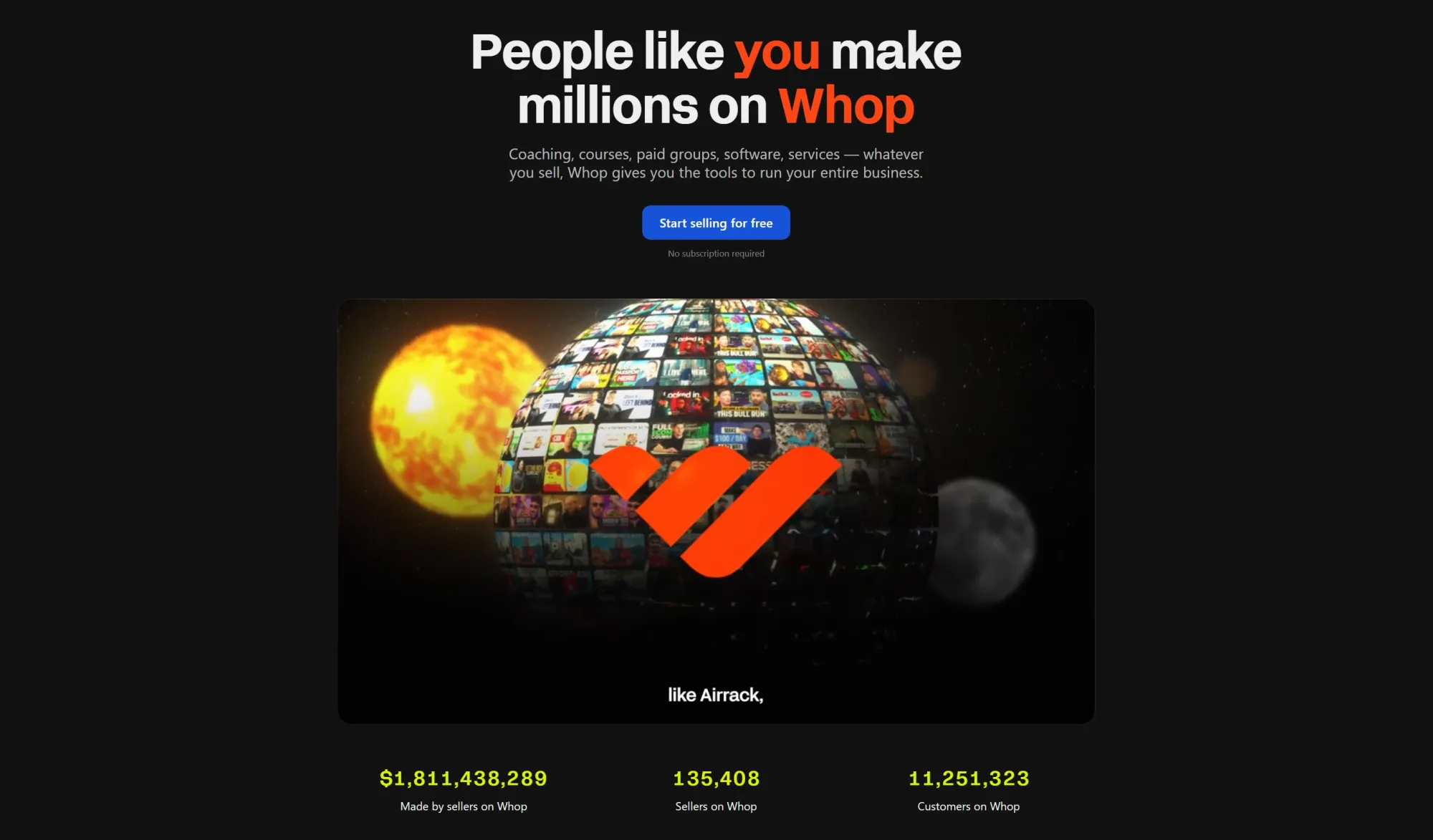
Transitioning from side hustle to full-time venture is a significant decision that requires careful consideration. Trust your instincts, but also rely on concrete indicators like consistent profitability, growing demand, and a solid client base.
Timing is everything: You want to be ready, both in your wallet and in your head.
When your side gig is not just paying the bills but lighting you up inside, and you can see a clear road ahead? That's when you know it's time to take the plunge. So go on, make that leap when you're ready – your future self might just thank you for it.
FAQs
Here are some of the most commonly asked questions about the side hustle life and how to turn one into a full-time job.
What are some side hustles that can turn into a business?
Side hustles that can evolve into businesses include freelance writing, graphic design, web development, online tutoring, and handcrafted goods. You can also explore social media management, affiliate marketing, virtual assisting, photography services, or create and sell digital products like ebooks and online courses.
How to start a side hustle?
To start a side hustle, start with identifying a skill or passion you could potentially monetize from. Validate the market demand, define your target audience and create a business plan - this includes setting up a simple budget, and ensuring legal aspects such as permits or licenses are covered. Start small, prioritize customer service, and gradually build your presence.
What are some six-figure side hustles?
Freelance consulting in high-demand fields like IT and marketing, e-commerce through platforms like Amazon FBA, or online courses in your area of expertise are some side hustles that can generate six-figure incomes, if done right. Some other ideas include high-end coaching or personal training, real estate investing, and developing a niche YouTube channel.
What online side hustle makes the most money?
There isn’t a simple answer—the most profitable side hustle depends on various factors, including skill set, demand, and the amount of time you can invest. However, freelancing in specialized fields like coding, real estate investing, e-commerce, and digital marketing offers significant earning potential due to the high demand for these skills and the scalability of these businesses.


